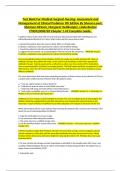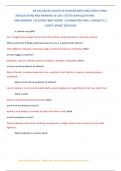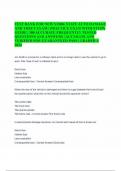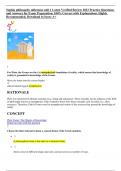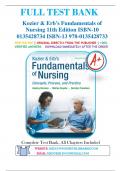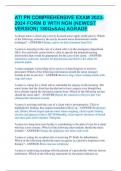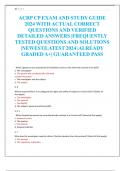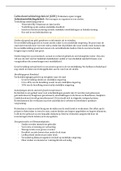Exam (elaborations)
Medical-Surgical Nursing: Assessment and Management of Clinical Problems 9th Edition By Sharon Lewis, Shannon Dirksen, Margaret Heitkemper, Linda Bucher 9780323086783 Chapter 1-69 Complete Guide .
- Course
- Institution
- Book
Medical-Surgical Nursing: Assessment and Management of Clinical Problems 9th Edition By Sharon Lewis, Shannon Dirksen, Margaret Heitkemper, Linda Bucher 9780323086783 Chapter 1-69 Complete Guide .
[Show more]
